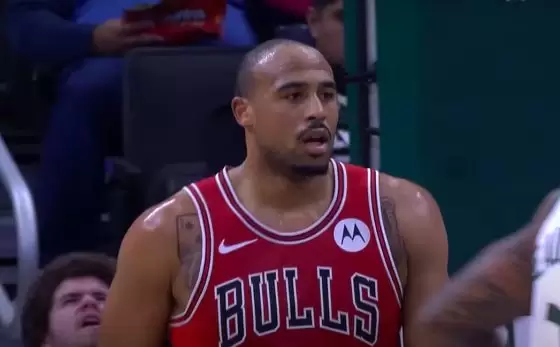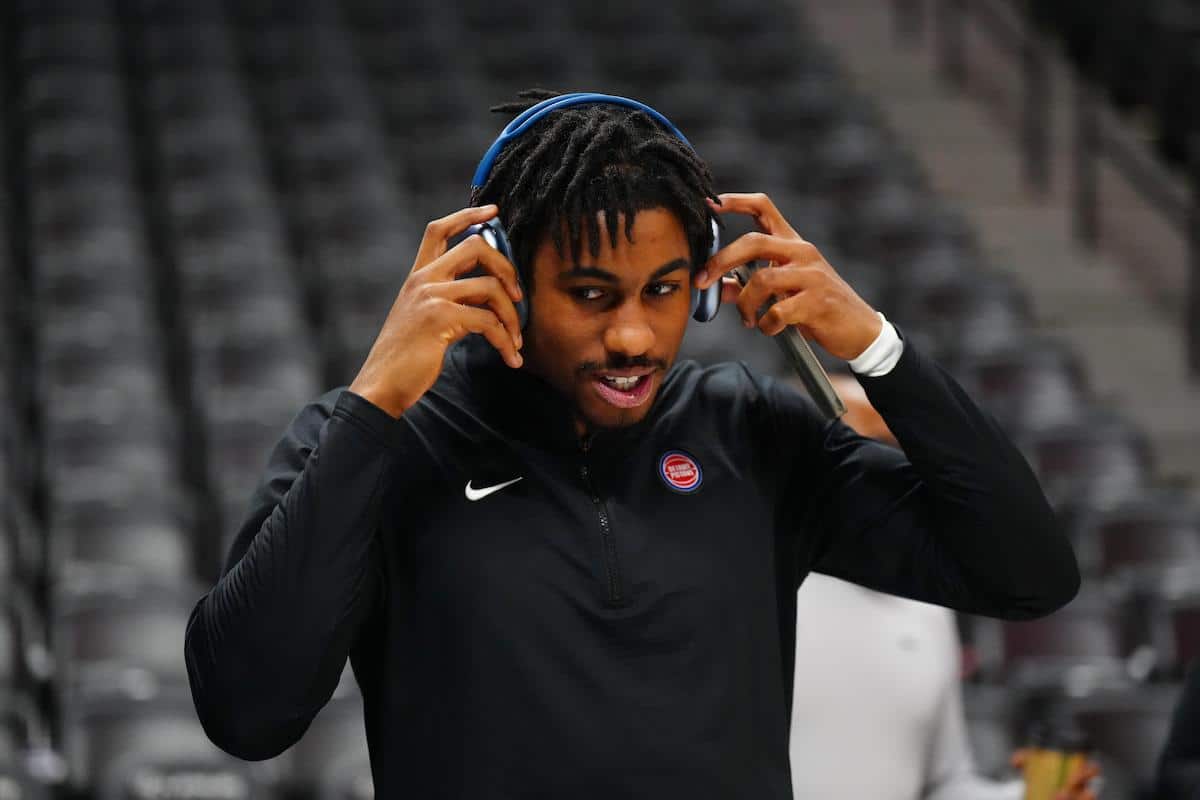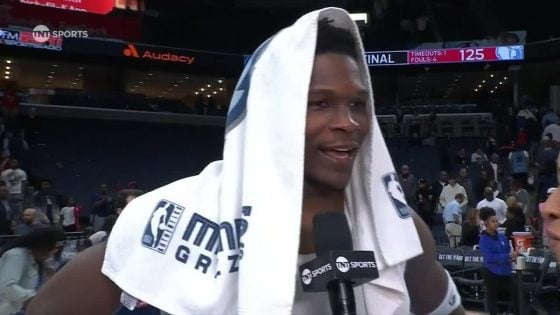Coming into the season, the Celtics and first year head coach Joe Mazzulla placed a heavy emphasis on pushing the pace.
In their season opener, the Celtics ran the fast break effectively, and often; The C’s outscored the Sixers 24-2 (!) in transition and looked like one of the more dangerous teams in the open court.
Mazulla commented on the team’s transition success after the game: “I think [playing fast] is a strength of our team.”
They haven’t kept it up, though.
In the following games, the Celtics scored only 12, 18, and 10 points in transition. On the season, they rank 25th in the NBA in transition frequency (how often a team creates offense through transition) with only 22.7% of their offense coming on the fast break.
Why did they take their foot off the gas pedal?
Well, it certainly isn’t because they haven’t been efficient and potent when they have pushed it.
The men in green score on 56% of their transition opportunities, ranked fourth in the entire NBA. They also turn it over on only 3% of their transition opportunities, the lowest figure in the league. Those are some really promising numbers despite being only four games into the season.
To put it simply: The Celtics don’t run often at all. But when they do, they’re incredibly effective. They create more points than most other teams (by either scoring or getting to the foul line), and they turn it over less than any other team in transition. So, they should do it more!
What makes it work?
Jayson Tatum is the head of the snake. Remember last season when opposing players would give up the take foul on Freight Train Tatum in order to stop the fast break? Well, you can’t do that anymore (well, you can, it’s just not a good strategy if you care about winning), and Tatum has been unleashed in the open court.
Tatum is scoring 1.29 points per possession in transition (8th in the NBA for qualifying players), and it’s easy to understand why he’s so effective with his opportunities. His 6’8 (6’10?), 210-pound frame combined with his elite ball handling ability, make him one of the most daunting fast break covers in the NBA. Unlike most players his size, he’s able to move laterally and fluidly in transition while still staying balanced and keeping his head up to search for open teammates. There are few players in the entire league with his physical tools and on-ball skills, and watching him in transition is perhaps the easiest way to notice that.
It doesn’t stop with Tatum, though. Every single rotation player on the Celtics can bring something to the table on the break. Jaylen can use his athleticism and improved finishing ability (especially with his left hand) to be effective in similar situations as Tatum.
Malcolm Brogdon, Derrick White, and Marcus Smart, although not quite as difficult to stop at full speed, are all excellent decision makers who are able to find open teammates and run the floor well.
Al Horford and Noah Vonleh – two above average bigs when it comes to conditioning and speed – are perfect to run the break with. And Grant Williams. Well, Grant Williams can fit into any offensive scheme with his ability to shoot the three ball and be a ball mover.
Most importantly, every aforementioned player (besides Vonleh) is able to hit the three-ball, which spaces defenses out and allows for easy driving lanes when the defense is sprinting back (If you’re playing the Lakers, on the other hand, the defense just sprints back to the paint and doesn’t worry about Pat Beverley, Russell Westbrook, Anthony Davis, or Lonnie Walker shooting the three-ball).
The same reasons the Celtics’ defense was effective last year – athleticism, versatility, quickness – are the same reasons the Celtics should be one of the best transition teams in the NBA. And, they are… when they actually do it.
Can’t push it if you can’t get it
The Celtics ability (or lack thereof) to defensive rebound has certainly hindered their ability to get out and run. Boston is in the bottom half of the league in defensive rebounding percentage (71.4%), and it’s tough to push the ball when you’re taking it out from under the basket on roughly 30% of the possessions you get. Without fixing the defensive rebounding problem, it’ll be tough for the Celtics to get out and run more, but that’s just another reason why the return of Robert Williams — or the potential for a big via trade — should improve the Celtics’ overall outlook (aside from the obvious defensive concerns).






